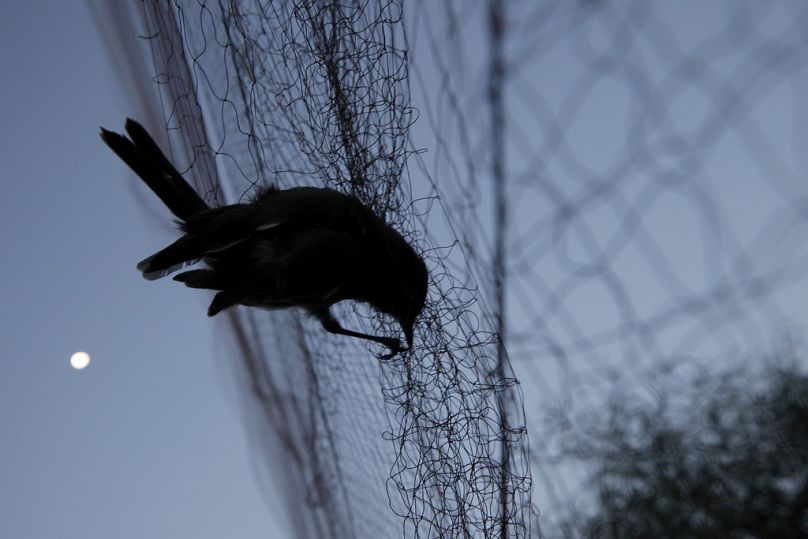Migratory animals act as indicators of environmental change but also play an integral role in maintaining our planet’s complex ecosystems.
Billions of animals make migratory journeys across the land, seas and skies each year. Crossing countries and continents, some travel thousands of kilometres around the world to find food and breed.
But until now, there hasn’t been comprehensive data on the conservation status or population trends of these animals.
For the first time ever, there is now compelling evidence of the dangers they face. A report focusing on 1,189 animal species recognised as needing international protection and listed under the Convention on the Conservation of Migratory Species of Wild Animals (CMS) - a UN biodiversity treaty - has just been released.
Though some migratory species are improving, it found that almost half (44 per cent) are showing a population decline. More than one in five CMS-listed species are threatened with extinction.
Over the last 30 years, 70 of these migratory animals - including the steppe eagle, Egyptian vulture and the wild camel - have become more endangered.
Most worryingly, nearly all of the listed fish species including sharks and rays, are facing a high risk of extinction with their population having declined 90 per cent since the 1970s.
What are the biggest threats facing migratory species?
The UN report highlights that the two biggest threats to migratory animals are being caused by human activities.
Three out of four were impacted by habitat loss, degradation and fragmentation. Seven in 10 are threatened by overexploitation which includes intentionally taking them from the wild as well as incidental capture.
These figures are just for the species listed under the UN treaty and the report says a further 399 migratory species are either threatened or near threatened with extinction.
“Today’s report clearly shows us that unsustainable human activities are jeopardising the future of migratory species - creatures who not only act as indicators of environmental change but play an integral role in maintaining the function and resilience of our planet’s complex ecosystems,” says Inger Andersen, executive director of the United Nations Environment Programme.
“The global community has an opportunity to translate this latest science of the pressures facing migratory species into concrete conservation action. Given the precarious situation of many of these animals, we cannot afford to delay, and must work together to make the recommendations a reality.”
Can we bring this migratory species back from the brink?
While the situation is concerning, the report’s authors say population and species-wide recovery are possible.
They point to coordinated local conservation efforts in Cyprus which have seen illegal bird netting reduced by 91 per cent. Or hugely successful integrated conservation and restoration work in Kazakhstan, which has brought the Saiga Antelope back from the brink of extinction.
“Migratory species rely on a variety of specific habitats at different times in their lifecycle. They regularly travel, sometimes thousands of miles to reach these places,” explains Amy Fraenkel, CMS executive secretary.
They face enormous challenges along the way as well as at their destination.
“When species cross national borders, their survival depends on the efforts of all countries in which they are found. This landmark report will help underpin much-needed policy actions to ensure that migratory species continue to thrive around the world,” Fraenkel adds.
But just over half of the key biodiversity areas identified as important for migratory species don’t have protected status and unsustainable levels of pressure from human activity threaten 58 per cent of these sites.
One of the key priorities, the report says, is to map and take steps to protect the vital locations that serve as breeding, feeding and stopover sites for migratory species.












